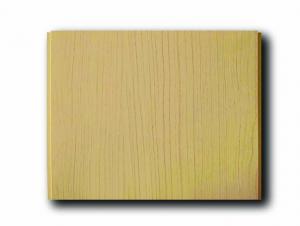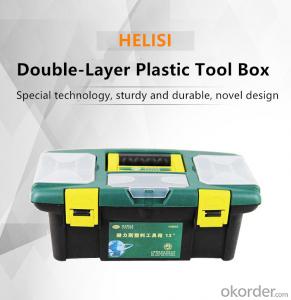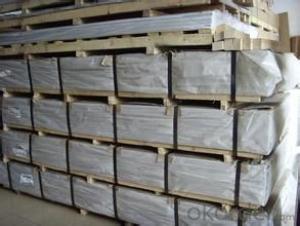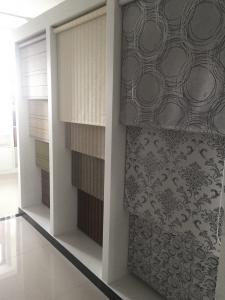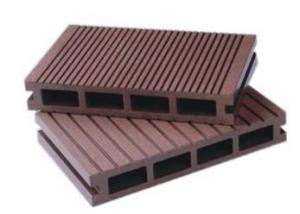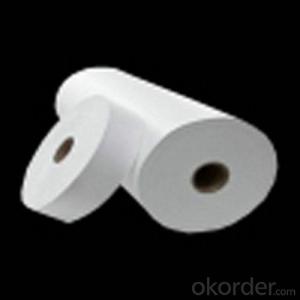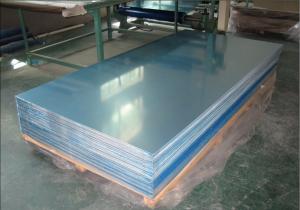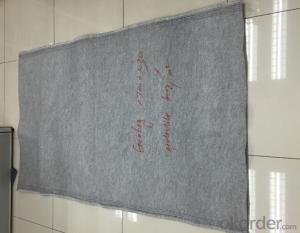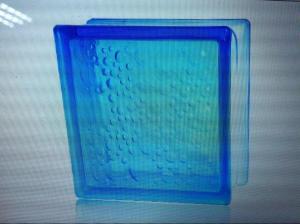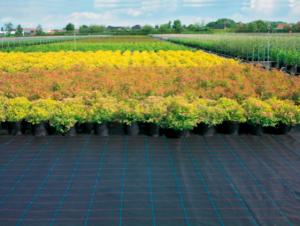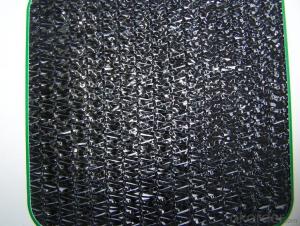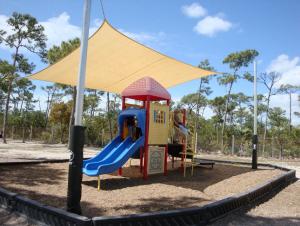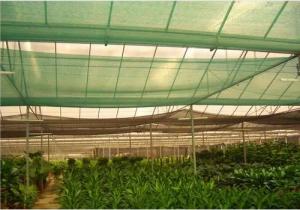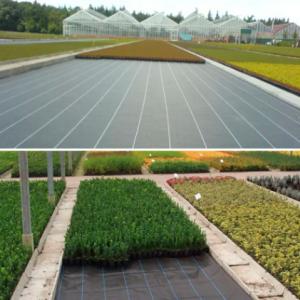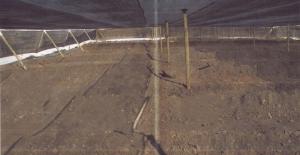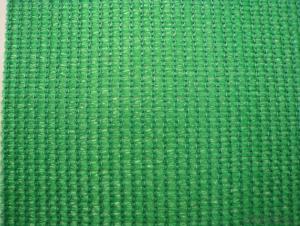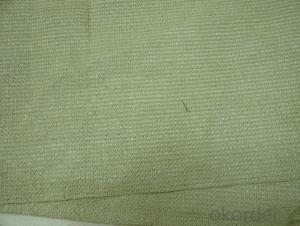Blue Plastic Sheet Roll
Blue Plastic Sheet Roll Related Searches
Best Stainless Steel For Knives Primer For Galvanized Steel H S Code For Stainless Steel Wd 40 For Stainless Steel Spray Paint For Stainless Steel Glue For Stainless Steel Drill Bits For Stainless Steel Spray For Stainless Steel Welder For Stainless Steel Magnets For Stainless SteelHot Searches
Pvc Chairs For Sale Plastic Roof Tiles For Sale Heavy Duty Plastic Chairs For Sale Plastic Sheets For Sale Fiber Sheet Price In India Gypsum Board Price Per Sheet In India pvc pipe manufacturers in usa Stainless Steel Sheet Near Me Plastic Fiber Sheet Price Upvc Roofing Sheet Manufacturer In India China Pvc Geomembrane China Geomembrane Roll Sheet Pvc Roofing Sheets Price India Pvc Roofing Sheets Price 5 8 Type X Gypsum Board Price Gypsum Board Price Per Sheet pvc resin price index Lasani Wood Sheet Price Rhino Roofing Sheet Price List Tinplate Sheet PriceBlue Plastic Sheet Roll Supplier & Manufacturer from China
Okorder.com is a professional Blue Plastic Sheet Roll supplier & manufacturer, offers integrated one-stop services including real-time quoting and online cargo tracking. We are funded by CNBM Group, a Fortune 500 enterprise and the largest Blue Plastic Sheet Roll firm in China.Hot Products
FAQ
- Plastic nets help in controlling light transmission by acting as a barrier that filters and diffuses light, reducing the intensity and directness of sunlight that passes through.
- Yes, plastic nets are suitable for crab traps. They are commonly used in crab traps due to their durability, resistance to water damage, and ability to effectively catch and hold crabs. Plastic nets are also easy to clean and maintain, making them a practical choice for crab fishing.
- Yes, plastic nets can be used for packaging furniture. Plastic nets are commonly used for packaging purposes as they provide protection to the furniture during transportation and storage. They offer excellent durability, flexibility, and breathability, ensuring the furniture stays secure and undamaged. Additionally, plastic nets are lightweight and cost-effective, making them a suitable option for packaging furniture.
- No, plastic nets are not suitable for bat exclusion as they can entangle and harm bats. Bats have delicate wings and using plastic nets can potentially cause injuries or even death to these beneficial creatures. It is recommended to use more bat-friendly methods, such as installing exclusion tubes or bat boxes, to safely exclude bats from unwanted areas.
- Yes, plastic nets are commonly used in the fishing industry for netting fish. They are lightweight, durable, and easily maneuverable in water, making them an efficient tool for catching fish.
- Yes, plastic nets can be used for birdhouses. They can provide a lightweight and durable option for constructing birdhouses, allowing for easy installation and maintenance. Additionally, plastic nets can offer sufficient ventilation while protecting the birds from predators.
- Plastic nets can significantly affect the cost of production depending on the specific application. In industries such as agriculture, fisheries, and packaging, plastic nets are commonly used for various purposes, including protecting crops from pests, providing support for plants, and securing products during transportation. The cost of production can increase due to the expenses associated with purchasing and maintaining the plastic nets, as well as potential additional labor required for installation and maintenance. However, the use of plastic nets can also result in cost savings by reducing losses from pest damage, improving crop yields, and enhancing product quality and durability. Ultimately, the impact on production costs depends on the specific circumstances and benefits provided by the plastic nets.
- Yes, plastic nets can be used for creating safety nets in industrial settings. Plastic nets are lightweight, durable, and resistant to corrosion, making them suitable for various industrial applications. They can be used for fall protection, debris containment, or as barriers to prevent unauthorized access. Additionally, plastic nets are cost-effective alternatives to traditional materials like metal or wire, making them a popular choice in industrial safety implementations.







